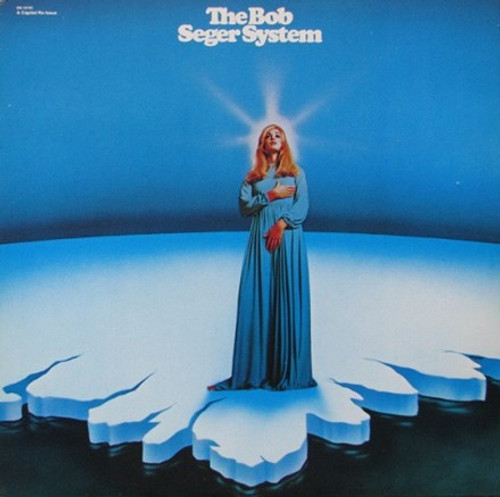There is a signature richness and power to the music Bob Seger has been making for decades. As succeeding generations discover these qualities, his reputation as an artist and songwriter has only grown. His work represents the best of what rock n' roll can be: passionate, unpretentious, uplifting, and true to itself and its audience. Perhaps most of all it is distinctly American, a plainspoken testament to the dignity, hopes, and aspirations of ordinary people. All of which explains why Seger's songs have lasted and continue to be so well-loved.
By the time he was welcomed into the mainstream, Seger had paid more than his fair share of dues. Often critically hailed for his distinctively raspy but impassioned vocal delivery, and his rough yet resonant brand of blue-collar rock 'n' roll, Seger had been a bona fide star in his native Detroit since the mid-60s; he'd scored his first national hit in 1969, when the rollicking title cut of Ramblin' Gamblin' Man, his 1968 debut under the Bob Seger System moniker (featuring protégé and future Eagle Glenn Frey singing back-up and playing acoustic guitar) peaked at No. 17 on the Billboard Hot 100. The landmark album is also home to the spirited anti-war protest single "2+2=?"
- Ramblin' Gamblin' Man
- Tales of Lucy Blue
- Ivory
- Gone
- Down Home
- Train Man
- White Wall
- Black Eyed Girl
- 2+2=?
- Doctor Fine
- The Last Song (Love Needs To Be Loved)





































